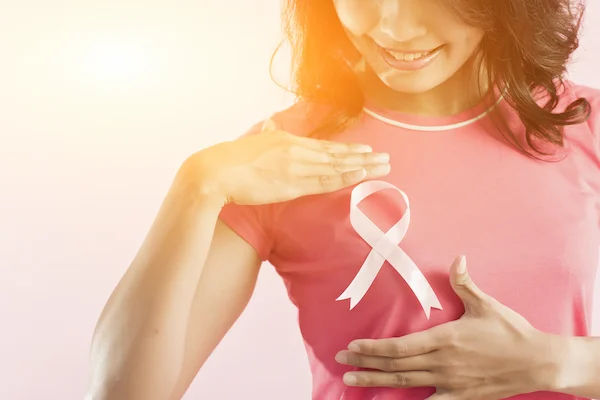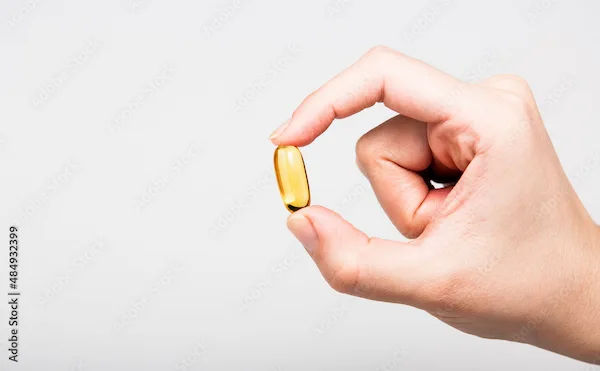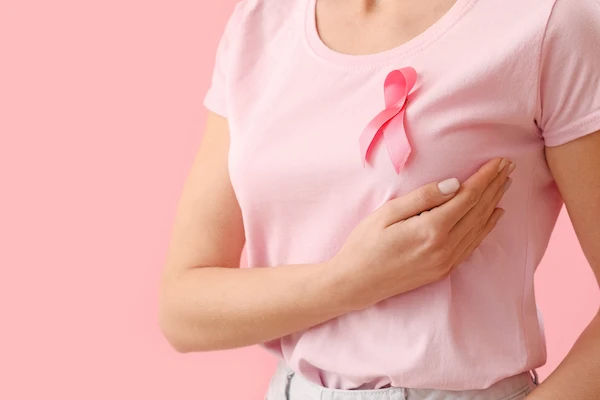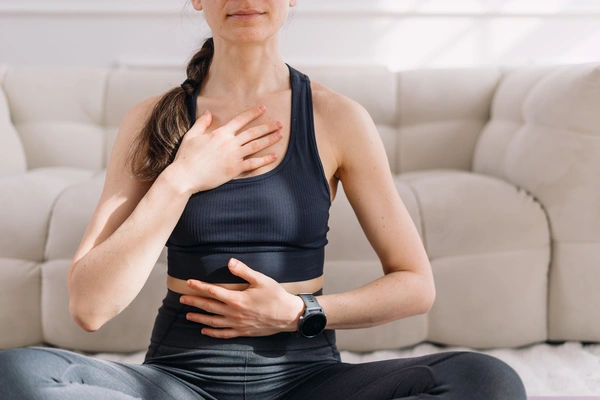Controlling Your Risk: A Guide to Preventable Breast Cancer Factors
Discover the preventable risk factors for breast cancer and learn how lifestyle choices such as diet, exercise, weight management, and screenings can help lower your risk.

Written by Dr. Rohinipriyanka Pondugula
Reviewed by Dr. Mohammed Kamran MBBS, FIDM
Last updated on 29th Sep, 2025

Introduction
Breast cancer can often feel like a matter of fate, dictated solely by genetics and family history. But what if you could actively influence your risk? While some factors are beyond our control, a significant number are not. This guide focuses on the empowering side of the equation: the cancer risk factors you can control. By understanding how your daily choices—from what you eat and drink to how you move and manage your health—impact your likelihood of developing breast cancer, you can take proactive steps toward prevention. We’ll delve into the science behind lifestyle changes, provide actionable advice, and help you build a personalised plan to protect your health and well-being.
What Makes a Risk Factor "Controllable"?
When discussing cancer risk factors, it's crucial to distinguish between the unchangeable and the changeable. Non-modifiable factors include your age, being female, a family history of breast cancer, and genetic mutations like BRCA1 and BRCA2. These are important to know for understanding your baseline risk but offer no actionable path. Modifiable risk factors, on the other hand, are the elements of your life you have the power to alter. These are primarily linked to lifestyle and environment. Embracing this distinction is the first step toward taking charge of your health. It’s not about guaranteeing prevention but about stacking the odds powerfully in your favour.
The Power of Lifestyle Choices
Your daily habits are a profound dial you can turn to adjust your risk. Choices like maintaining a healthy weight, staying physically active, and limiting alcohol are not just vague health advice; they are direct interventions that change your body's internal environment. For instance, fat tissue produces oestrogen, and excess oestrogen can promote the growth of some breast cancers. Therefore, managing your weight is a direct strategy for managing hormonal health.
Beyond Genetics: The Role of Epigenetics
A unique perspective often missed in general articles is the concept of epigenetics. This is the study of how your behaviours and environment can cause changes that affect the way your genes work. Unlike genetic changes, epigenetic changes are reversible. This means that even if you have a genetic predisposition, a healthy lifestyle for breast health can influence whether those genes are "expressed" or remain dormant. You are not necessarily at the mercy of your genetics.
Body Weight and Physical Activity; Your Metabolic Health Connection
This is one of the most significant areas where you can make a difference. Postmenopausal women who are overweight or obese have a 30-60% higher risk of developing breast cancer than those of a healthy weight.
The Oestrogen Link: How Body Fat Influences Risk
After menopause, the ovaries stop producing most of the body's oestrogen. Instead, fat tissue becomes a primary source. More fat tissue means higher oestrogen levels, which can fuel the growth of hormone-receptor-positive breast cancers. Furthermore, overweight individuals often have higher levels of insulin, which has also been linked to an increased risk of breast cancer.
Exercise as a Shield: Recommended Activity Levels for Risk Reduction
Physical activity is a triple-threat against cancer. It helps with weight control, lowers oestrogen and insulin levels, and boosts the immune system. The American Cancer Society recommends at least 150-300 minutes of moderate-intensity or 75-150 minutes of vigorous-intensity activity each week. This doesn't mean you need to run a marathon; brisk walking, cycling, dancing, and swimming all count. Consistency is key.
Dietary Choices
While no single food can prevent breast cancer, your overall dietary pattern plays a critical role. A diet focused on whole, plant-based foods is consistently associated with a lower risk.
The Impact of Alcohol Consumption
This is a direct and dose-dependent relationship. Alcohol can increase levels of oestrogen and other hormones associated with hormone-receptor-positive breast cancer. It may also damage DNA in cells. Studies show that women who have 2-3 alcoholic drinks per day have a 20% higher risk than non-drinkers. The general guidance for how to reduce breast cancer risk is to limit alcohol to no more than one drink per day, if consumed at all.
The Mediterranean Diet and Other Protective Patterns
Diets like the Mediterranean diet—rich in fruits, vegetables, whole grains, legumes, nuts, and healthy fats like olive oil—are linked to a reduced risk. These foods are packed with antioxidants and phytochemicals that may protect cells from damage.
Foods to Embrace: Fruits, Vegetables, and Fibre
Aim for a colourful plate. Cruciferous vegetables (broccoli, cauliflower) contain glucosinolates. Berries are rich in antioxidants. Fibre helps regulate blood sugar and may help excrete excess oestrogen.
Foods to Limit: Processed Meats and Saturated Fats
High consumption of processed meats (like sausages and bacon) and red meat has been linked to a modest increase in risk. Similarly, diets high in saturated fats from animal products can contribute to obesity and inflammation.
Reproductive History and Hormonal Factors
Certain choices related to reproduction and hormones are personal and complex, but understanding their impact is part of a complete guide to risk factors.
Pregnancy and Breastfeeding
Having no children or having your first child after age 30 slightly increases risk. Conversely, breastfeeding for a total of one year or more (across all children) slightly lowers risk. This is likely due to reduced lifetime number of menstrual cycles and thus less lifetime exposure to oestrogen.
Health topic carousel:
Doctor's speciality: Oncology
Text: Consult an Oncologist for Personalised Advice
Hormone Replacement Therapy (HRT): Weighing the Benefits and Risks
Using combined (oestrogen and progesterone) HRT after menopause increases the risk of breast cancer. The risk appears to return to normal within about 5 years of stopping. If you are considering HRT to manage menopausal symptoms, it's vital to have a detailed discussion with your doctor about your personal risk factors for breast cancer and explore all options. If your condition does not improve after trying other methods, book a physical visit to a doctor with Apollo24|7 to discuss a personalised management plan.
The Critical Role of Regular Screening and Self-Awareness
While not a "cause" of cancer, neglecting screening is a controllable risk factor for a late-stage diagnosis.
Know Your Body: The Importance of Breast Self-Exams
Being familiar with how your breasts normally look and feel can help you identify any new changes. Report any lumps, skin changes, or nipple discharge to your doctor promptly.
Clinical Screenings: Mammograms and Beyond
Mammograms are the gold standard for early detection. They can find cancers years before a physical symptom develops. Guidelines vary, but generally, women of average risk should start annual or biennial mammograms at age 40 or 50. Discuss the right schedule for you based on your risk profile with a healthcare professional.
Conclusion
Understanding the controllable risk factors for breast cancer empowers you to move from a place of fear to a place of action. This isn't about achieving perfection but about making consistent, positive choices that compound over time to create a powerful shield of prevention. You have more agency over your health than you might think. By managing your weight, staying active, eating a nutrient-rich diet, limiting alcohol, and being proactive with your healthcare screenings, you are actively lowering your risk. Start with one change today. If you have concerns about your personal risk based on family history or lifestyle, consult a doctor online with Apollo24&7 for a personalised consultation and guidance on creating a prevention plan that’s right for you.
FAQs
1. Can I completely prevent breast cancer through lifestyle changes?
While you cannot guarantee complete prevention, you can significantly reduce your risk. Focusing on modifiable factors like weight, exercise, and diet is the most powerful strategy within your control to stack the odds in your favour.
2. How much does alcohol really increase my risk?
The link is strong and dose-dependent. Even moderate consumption (one drink per day) is associated with a slight (7-10%) increase in risk. The risk rises with each additional daily drink. The best approach for cancer prevention is to limit intake as much as possible.
3. I have a family history of breast cancer. Do lifestyle changes still matter for me?
Absolutely. While you cannot change your genetics, your lifestyle can influence how those genes behave (epigenetics). For women at higher genetic risk, healthy habits are not a substitute for enhanced screening but are a crucial complementary strategy for reducing overall risk.
4. What is the single most important thing I can do to lower my risk?
There's no single magic bullet, but maintaining a healthy body weight is arguably one of the most impactful actions, particularly for postmenopausal women, due to its direct effect on oestrogen levels.
5. At what age should I start being concerned about these risk factors?
It's never too early or too late to adopt a healthier lifestyle. The protective benefits of good habits accumulate over a lifetime. However, risk increases with age, so being mindful of these factors becomes increasingly important as you enter your 40s and beyond.
Health topic carousel:
Doctor's speciality: Oncology
Text: Consult an Oncologist for Personalised Advice




